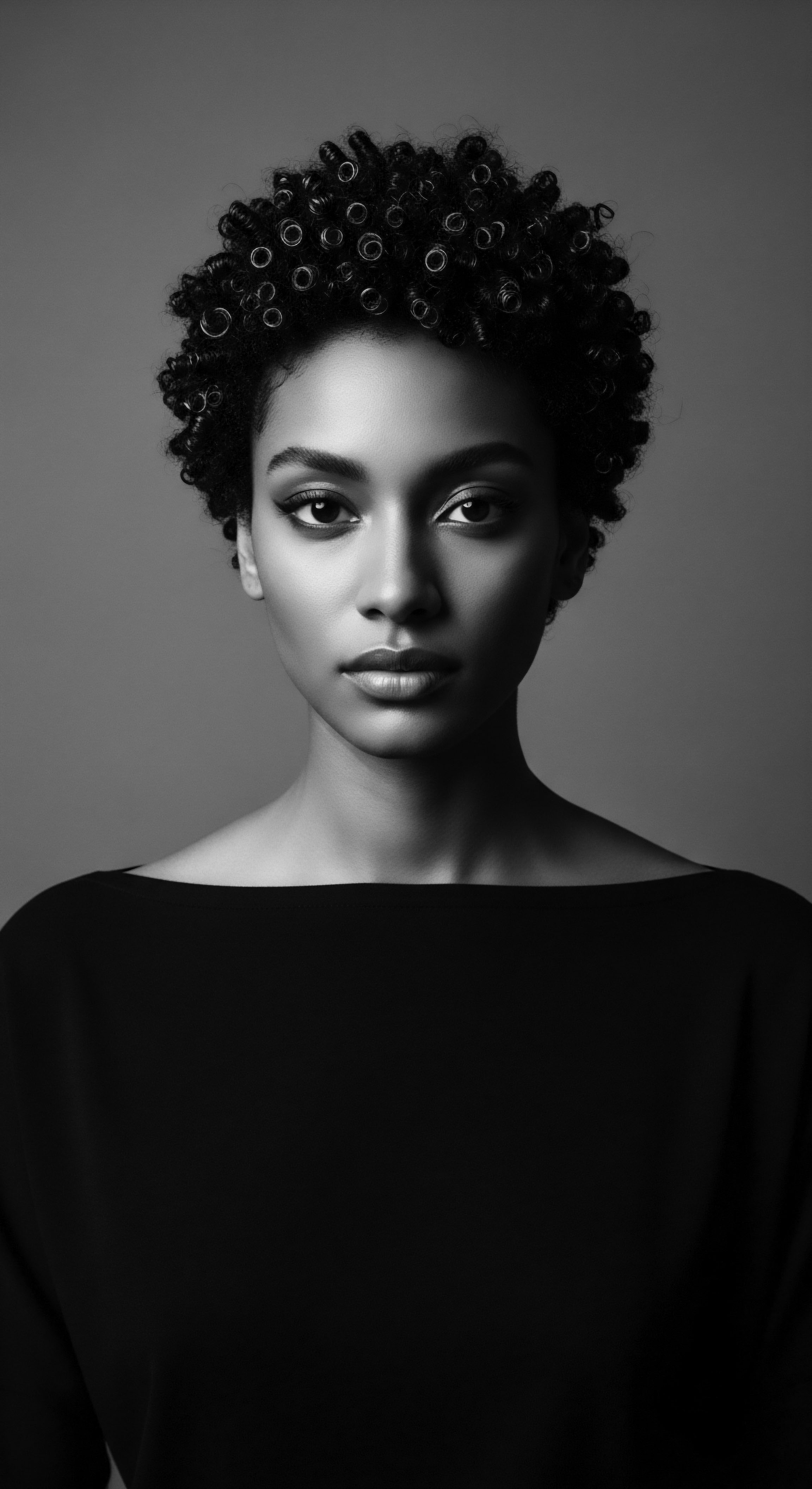
Roots
There exists a whisper, ancient and true, carried on the very wind that shapes our coils and crowns. It is a whisper of connection, of earth and sky, of hands tending to a sacred legacy. For those of us whose hair tells stories of intricate patterns and deep, resilient strength, the quest for hydration is not a modern innovation; it is a profound echo from the source, a continuation of wisdom passed down through countless sunrises and sunsets.
Our strands, in their unique architecture, call for a particular kind of nurturing, a thirst quenched not merely by water, but by elements born of the soil, warmed by the sun, and chosen with intention by our foremothers and forefathers. This knowing, woven into the very fabric of our being, speaks to a heritage where the bounty of nature was the first, and often the only, apothecary.
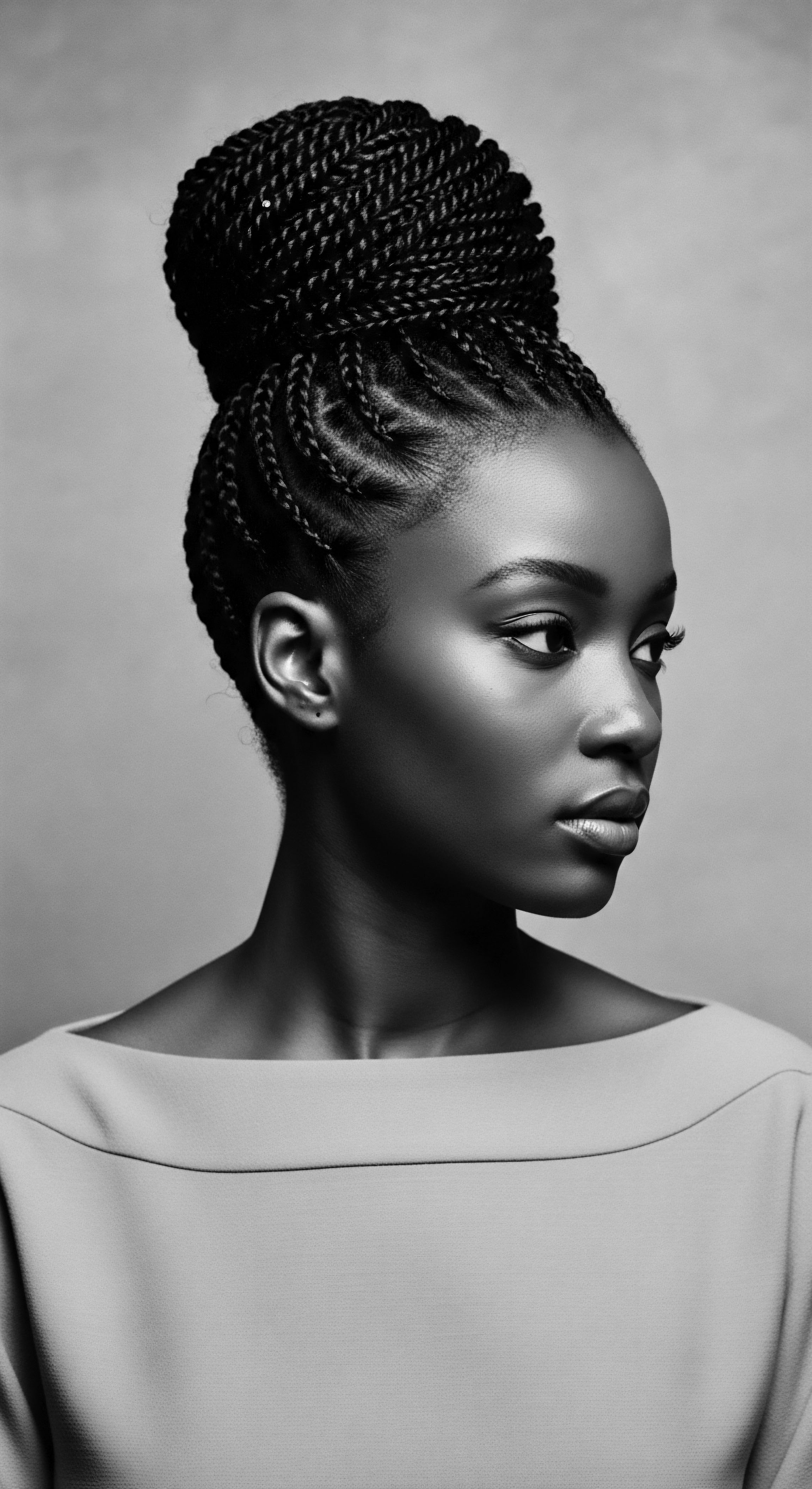
Textured Hair’s Elemental Thirst
The spirals, kinks, and waves that mark textured hair formations bear a distinct biological signature. Unlike straighter patterns, the cuticle layers of textured strands do not lie as flat, creating more opportunities for moisture to escape. The natural oils, or sebum, produced by the scalp, often struggle to travel the winding path down the entire length of the hair shaft. This inherent design means that a constant, thoughtful replenishment of hydration becomes not just a desire, but a fundamental requirement for the health and vitality of our hair.
Across generations, communities understood this intrinsic characteristic, though perhaps not with the precision of modern microscopes. Their observations, honed by lived experience, led them to seek out solutions directly from the living world around them.

Ancestral Understanding of Hair’s Inner Structure
While the intricacies of a hair follicle’s cross-section or the microscopic undulations of the cuticle were unknown to ancestral communities, their practical understanding of hair’s behavior was exceptionally keen. They perceived hair’s fragility when dry, its responsiveness to moisture, and its greater flexibility when cared for with natural emollients. This experiential knowledge guided their selection of botanicals. Consider the use of plant mucilages, those slippery, gel-like substances found in certain plants.
These would not have been identified as ‘polysaccharides’ by ancient healers, yet their capacity to attract and hold water—a humectant action—was unmistakably recognized and harnessed. The choice of a particular root or leaf for a hair infusion was a testament to centuries of observation, experimentation, and shared wisdom, forming a practical science that predates formal academic inquiry.
The foundational pursuit of hydration for textured hair is a timeless journey, reflecting ancestral wisdom that predates scientific formalization.
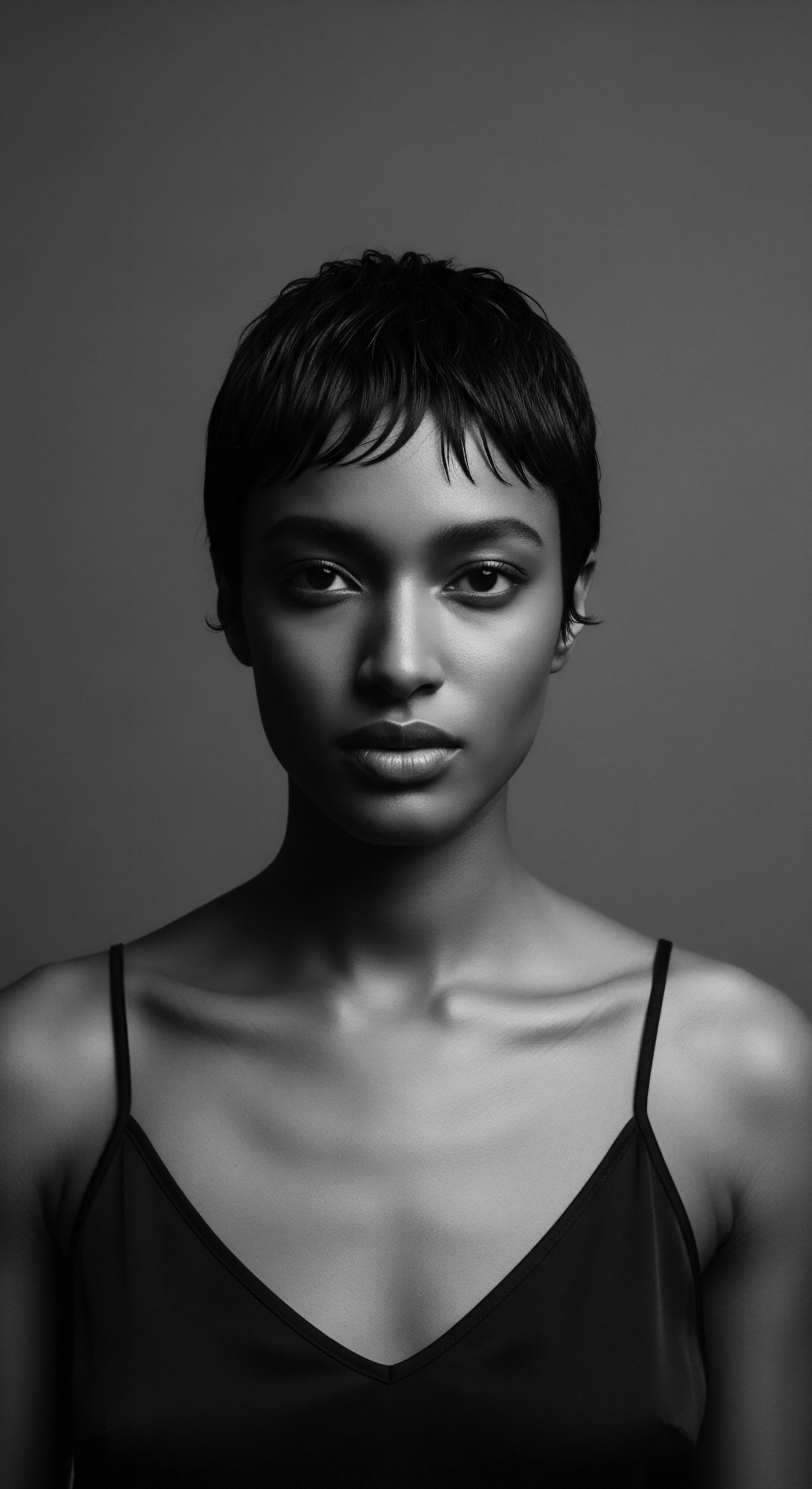
The First Pharmacopoeia ❉ Plants for Hydration
Across continents and through diverse cultures, indigenous communities turned to their immediate environment for hair care. The plant kingdom offered an abundance of solutions to address hair’s needs. Before the advent of synthetic compounds, a rich array of leaves, roots, barks, seeds, and fruits served as the primary source of conditioners, cleansers, and fortifiers.
These were often prepared through simple yet effective methods ❉ infusions, decoctions, poultices, and macerations in oils. The resulting elixirs were not only functional but often held ritualistic or spiritual significance, binding the act of hair care to a deeper cultural context.
For instance, the baobab tree , revered across many African societies, provided not just food and shelter, but its seed oil offered a lightweight yet deeply moisturizing agent. The oil, rich in omega fatty acids, was likely massaged into scalps and strands, not only softening but also protecting the hair from harsh environmental elements. Similarly, in other parts of the world, indigenous peoples discovered the merits of plants like aloe vera , its succulent leaves yielding a clear gel that soothed and moisturized. These practices were localized expressions of a universal truth ❉ nature held the key to maintaining health and beauty.
The journey to understand which botanicals hydrate textured hair begins with recognizing that the answers were often found in the very landscapes that nurtured our ancestors. The continuity of these practices, adapted and re-interpreted across generations, speaks volumes about their inherent efficacy and the deep connection between hair, environment, and spirit. It is a legacy of observation, respect, and profound ingenuity.
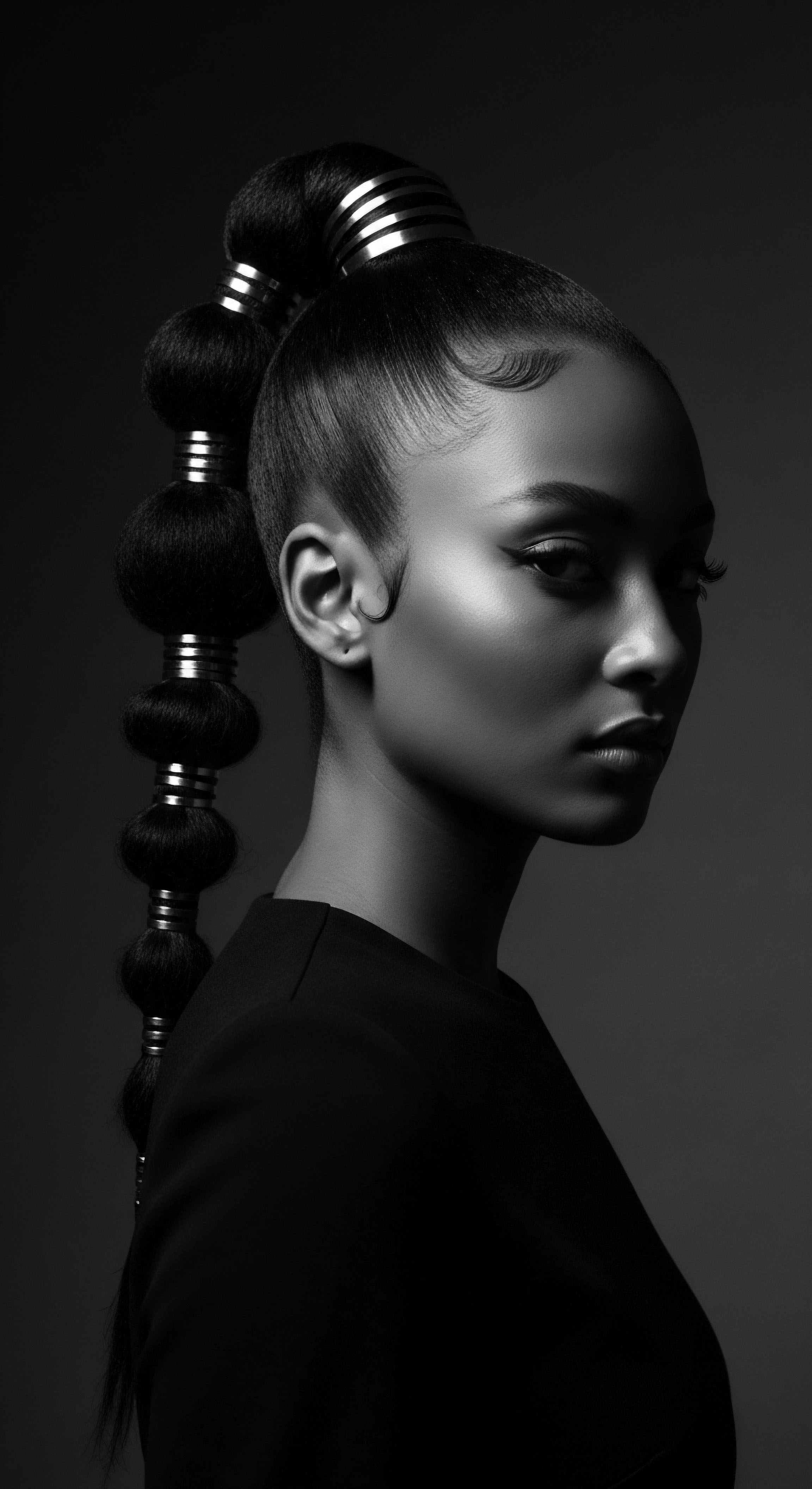
Ritual
The application of botanicals to textured hair was rarely a mere utilitarian act; it was frequently a deeply ingrained ritual, a moment of connection to self, community, and the ancestral line. These practices, often performed within the sanctity of home or communal spaces, served to nourish not only the physical strand but also the spirit. The rhythmic movements of hands working through coils, the shared stories, the quiet moments of introspection – all contributed to a holistic experience where the botanical was a catalyst for care, beauty, and cultural expression. This sacred dimension of hair practices speaks to a time when self-care was indistinguishable from communal well-being and a reverence for the natural world.
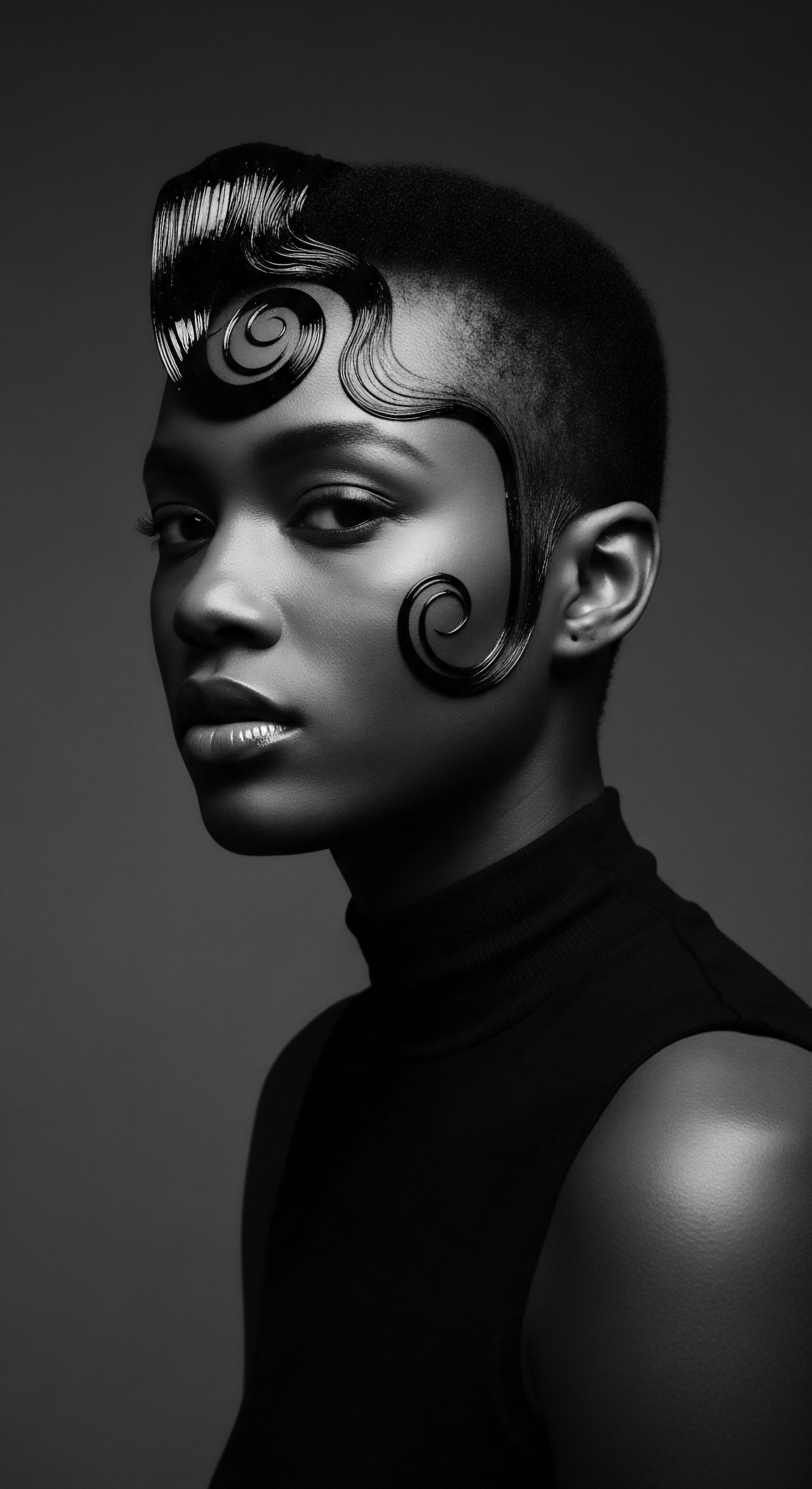
The Hands of Tradition ❉ Techniques and Tools
The efficacy of historical botanicals was intrinsically tied to the methods of their application. From the meticulous oiling of individual braids to the communal washing of hair with saponifying barks, each technique had a purpose, refined over centuries. Tools were often simple extensions of the hand or natural materials found nearby. Combs carved from wood or bone, gourds used as rinsing vessels, and soft cloths made from plant fibers were all part of the process.
The act of detangling with a wide-tooth comb, perhaps lubricated with a botanical infusion, made the hair more manageable, reducing breakage and allowing moisture to be distributed evenly. The wisdom lay in understanding how these elements worked in concert.
Consider the practice of oiling, a cornerstone of many African and Afro-diasporic hair care traditions. Oils extracted from shea nuts or coconuts, or infused with specific herbs, were warmed gently and massaged into the scalp and along the hair shaft. This process not only delivered the moisturizing properties of the botanical but also stimulated blood circulation to the scalp, promoting a healthy environment for growth. The rhythmic motion itself was often calming, a meditative practice that fostered relaxation and connection.
Historical hair care, deeply tied to ritual, transformed botanical application into a holistic practice of cultural affirmation.
Protective Styles, such as braids, twists, and locs, were, and remain, central to textured hair heritage. These styles, often adorned with cowrie shells, beads, or threads, were not solely decorative; they were functional, safeguarding delicate strands from environmental aggressors and minimizing manipulation, thereby retaining moisture. Botanicals played a critical role in preparing hair for these styles, making it supple and resilient. A shea butter balm might have softened the hair for easier braiding, or a hibiscus infusion could have added slip for detangling before a style was set.
The tradition of communal hair braiding, particularly significant in many West African societies, further underscores the ritualistic aspect. Women would gather, sharing stories, wisdom, and laughter as they meticulously styled each other’s hair, strengthening bonds and preserving cultural practices.
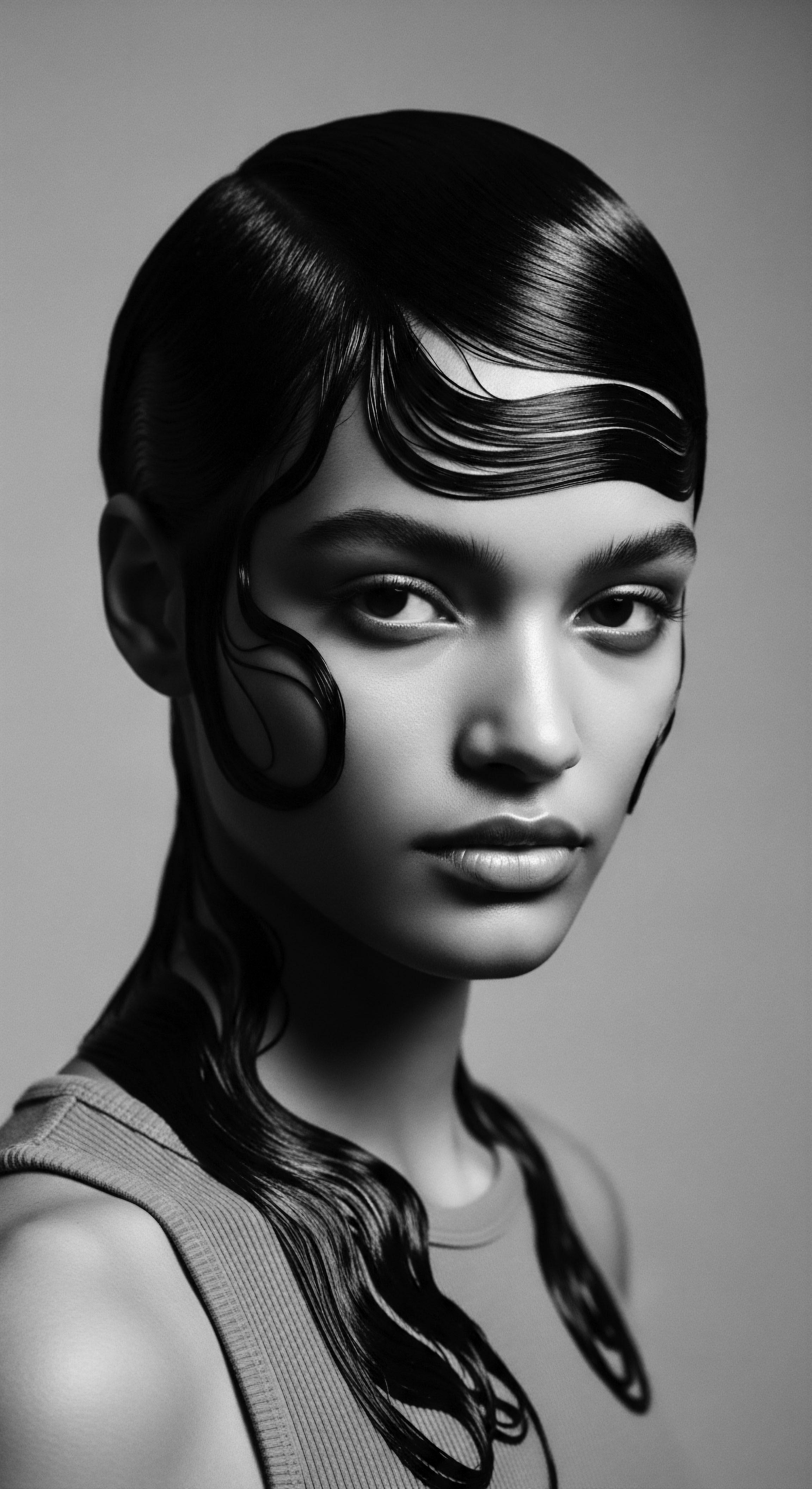
A Legacy of Botanical Blends for Hair Hydration
Across different ancestral landscapes, a distinct palette of botanicals emerged, each prized for its specific contributions to hair health and hydration. Their efficacy, though not always explained by modern chemistry, was evidenced by the undeniable vibrancy of the hair they tended. Many of these plants contained mucilage, fatty acids, or humectant properties that naturally provided the moisture and lubrication textured hair craves.
- Aloe Vera (Aloe Barbadensis Miller) ❉ Widely used across African and Indigenous American traditions, its clear gel is a potent humectant, drawing moisture from the air into the hair shaft. It also contains enzymes and vitamins that soothe the scalp and promote health.
- Slippery Elm (Ulmus Rubra) ❉ Native to North America, the inner bark of this tree yields a mucilaginous substance when steeped in water. This incredibly slippery infusion acts as a natural detangler and provides excellent slip for coils and kinks, reducing breakage during manipulation.
- Marshmallow Root (Althaea Officinalis) ❉ Similar to slippery elm, marshmallow root, found in various temperate climates, offers a rich mucilage. When boiled, it creates a conditioning rinse that softens, hydrates, and provides exceptional slip, making detangling a gentle experience.
- Fenugreek (Trigonella Foenum-Graecum) ❉ Seeds from this Mediterranean and South Asian herb have long been utilized for their conditioning properties. Soaked fenugreek seeds release a gel-like substance that coats the hair, providing both hydration and strengthening effects.
- Hibiscus (Hibiscus Sabdariffa/rosa-Sinensis) ❉ The vibrant flowers of the hibiscus plant, present in many tropical regions, yield a conditioning and hydrating rinse when steeped. It is known to add shine and softness, and its mucilage contributes to moisture retention.
- Shea Butter (Vitellaria Paradoxa) ❉ From the shea tree of West Africa, this rich butter is an occlusive and emollient, sealing moisture into the hair shaft and providing a protective barrier against dryness and breakage.
- Coconut Oil (Cocos Nucifera) ❉ A staple in tropical regions, coconut oil is renowned for its ability to penetrate the hair shaft, reducing protein loss and providing deep moisture. Its historical use is widespread across African, Caribbean, and Pacific Island communities.
The genius of these historical botanical rituals rests in their holistic approach. It speaks to a deep connection to the earth, a reverence for the body, and an understanding that true beauty springs from a place of nourishment, both seen and unseen. This heritage of care, passed down through the ages, offers profound lessons for contemporary practices.

Relay
The living legacy of historical botanicals continues its relay through time, bridging ancestral wisdom with contemporary understanding. This enduring connection highlights how practices rooted in the profound observation of nature often hold scientific truths that modern research is now validating. The journey of these botanicals, from ancient ceremonial preparations to ingredients found in today’s hair care formulations, is a testament to their inherent efficacy and the persistence of traditional knowledge systems. It is a story not of abandonment and reinvention, but of continuity and deeper appreciation.

How Ancient Botanical Practices Connect to Modern Science?
The hydration provided by historical botanicals can largely be understood through their chemical composition, which aligns with modern classifications of moisturizing agents. These plants typically contain humectants, emollients, and occlusives.
- Humectants ❉ Substances that draw moisture from the air into the hair, like the mucilage in slippery elm, marshmallow root, fenugreek, and aloe vera. These plants were chosen by ancestors for their ‘slippery’ or ‘gooey’ properties, precisely what allows them to bind water to the hair shaft.
- Emollients ❉ Agents that smooth the hair cuticle and fill in gaps, making the hair feel softer and more pliable. Many botanical oils, such as shea butter, coconut oil, and baobab oil, function as emollients, conditioning the hair and reducing friction.
- Occlusives ❉ Substances that form a protective barrier on the hair surface, preventing moisture loss. Heavier botanical butters and oils often serve this purpose, sealing in the hydration provided by water or humectants.
Ancestral practitioners may not have used these terms, but their systematic trial and error, passed down through oral tradition and practical demonstration, led them to consistent results that modern chemistry can now explain. The selection of a particular plant for a conditioning rinse or a sealing oil was a direct, empirical response to hair’s needs, a testament to ingenious, unsung scientific minds.
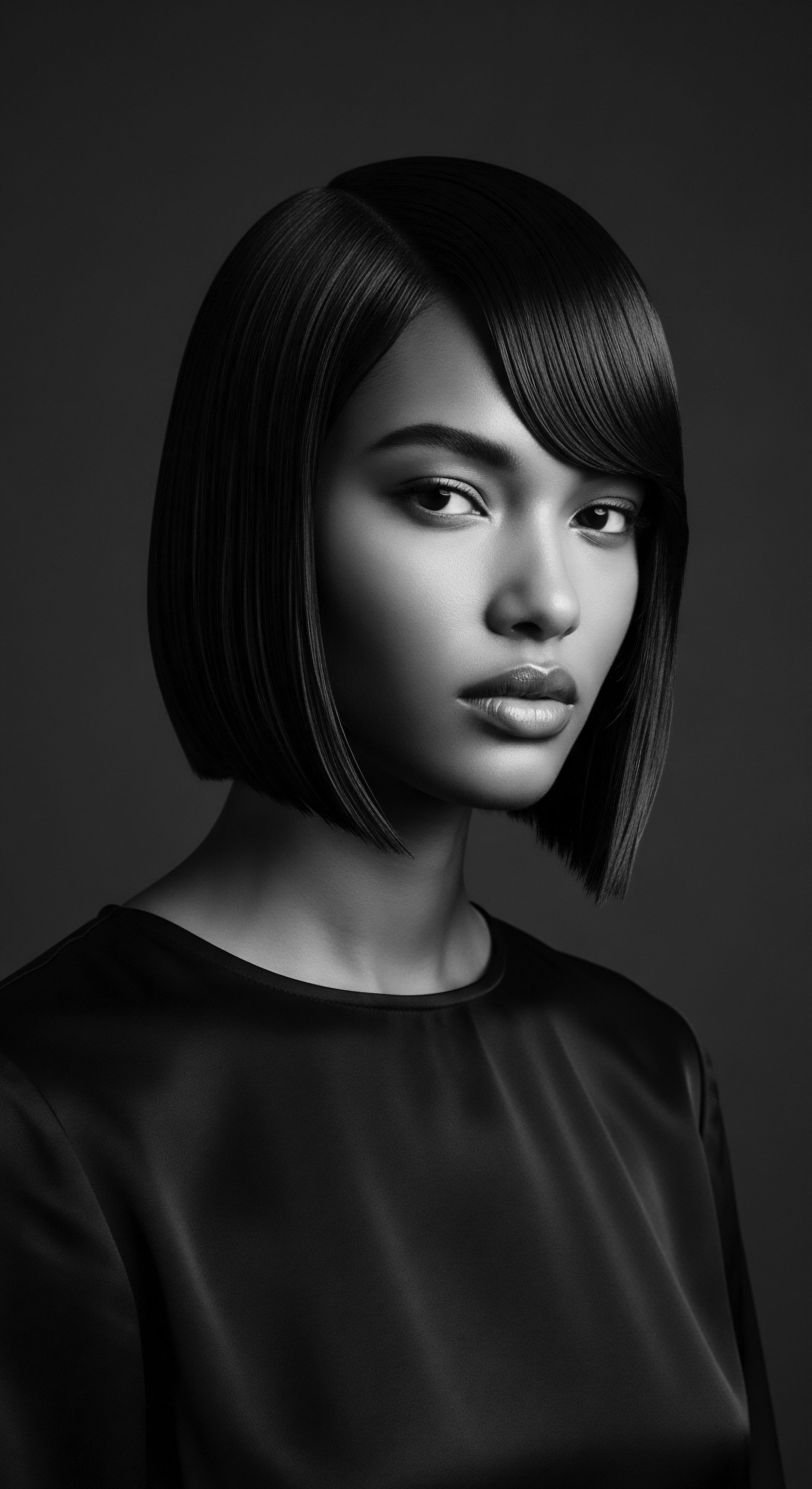
A Case Study of Enduring Wisdom ❉ Shea Butter and Textured Hair Resilience
The story of shea butter (from the Vitellaria paradoxa tree) provides a powerful illustration of a historical botanical whose significance for textured hair care remains undiminished. Originating in the shea belt of West Africa, shea butter has been a cornerstone of skincare and haircare for millennia. Its rich content of fatty acids, particularly oleic and stearic acids, along with vitamins A and E, makes it an exceptional emollient and occlusive. Its traditional extraction, often a communal process involving women, further solidifies its connection to heritage and collective wisdom.
Historically, shea butter was used to protect hair from the harsh sun and dry winds of the savanna, to soften coily hair for styling, and to soothe irritated scalps. For textured hair, which tends to be naturally drier due to its structure, shea butter’s ability to seal in moisture was invaluable. This is not just anecdotal; modern research has confirmed its protective properties. For example, a study by Akihisa et al.
(2010) on shea butter found that its high concentration of triterpene esters and cinnamic acid esters provide anti-inflammatory and UV-protective benefits, which historically would have helped maintain scalp health and hair integrity in sun-drenched climates. This scientific validation reinforces what generations of African communities already knew ❉ shea butter is a powerful ally for textured hair.
| Botanical Aloe Vera |
| Ancestral Preparation and Use Gel directly applied from leaf, or mixed into water for a rinse. Used for scalp soothing and conditioning, particularly in dry climates like parts of Africa and the Americas. |
| Contemporary Application & Link to Heritage Found in leave-in conditioners, gels, and shampoos; its humectant properties are highly prized for moisture retention in modern formulations, often marketed with a nod to its historical use. |
| Botanical Shea Butter |
| Ancestral Preparation and Use Extracted from nuts, often by women’s cooperatives. Used as a hair dressing to seal in moisture, protect from elements, and soften hair for styling in West African traditions. |
| Contemporary Application & Link to Heritage A key ingredient in creams, balms, and deep conditioners for textured hair globally. Its historical significance and source community benefits are often highlighted, creating a direct link to heritage. |
| Botanical Slippery Elm |
| Ancestral Preparation and Use Inner bark steeped in hot water to create a mucilaginous liquid. Used by Indigenous North Americans as a detangling and softening rinse, making hair more manageable. |
| Contemporary Application & Link to Heritage Incorporated into modern detangling sprays and leave-in conditioners. Its incredible slip, known ancestrally, is now scientifically valued for reducing friction and breakage in textured hair. |
| Botanical The enduring utility of these botanicals underscores a continuous stream of wisdom connecting past generations to present hair care needs. |
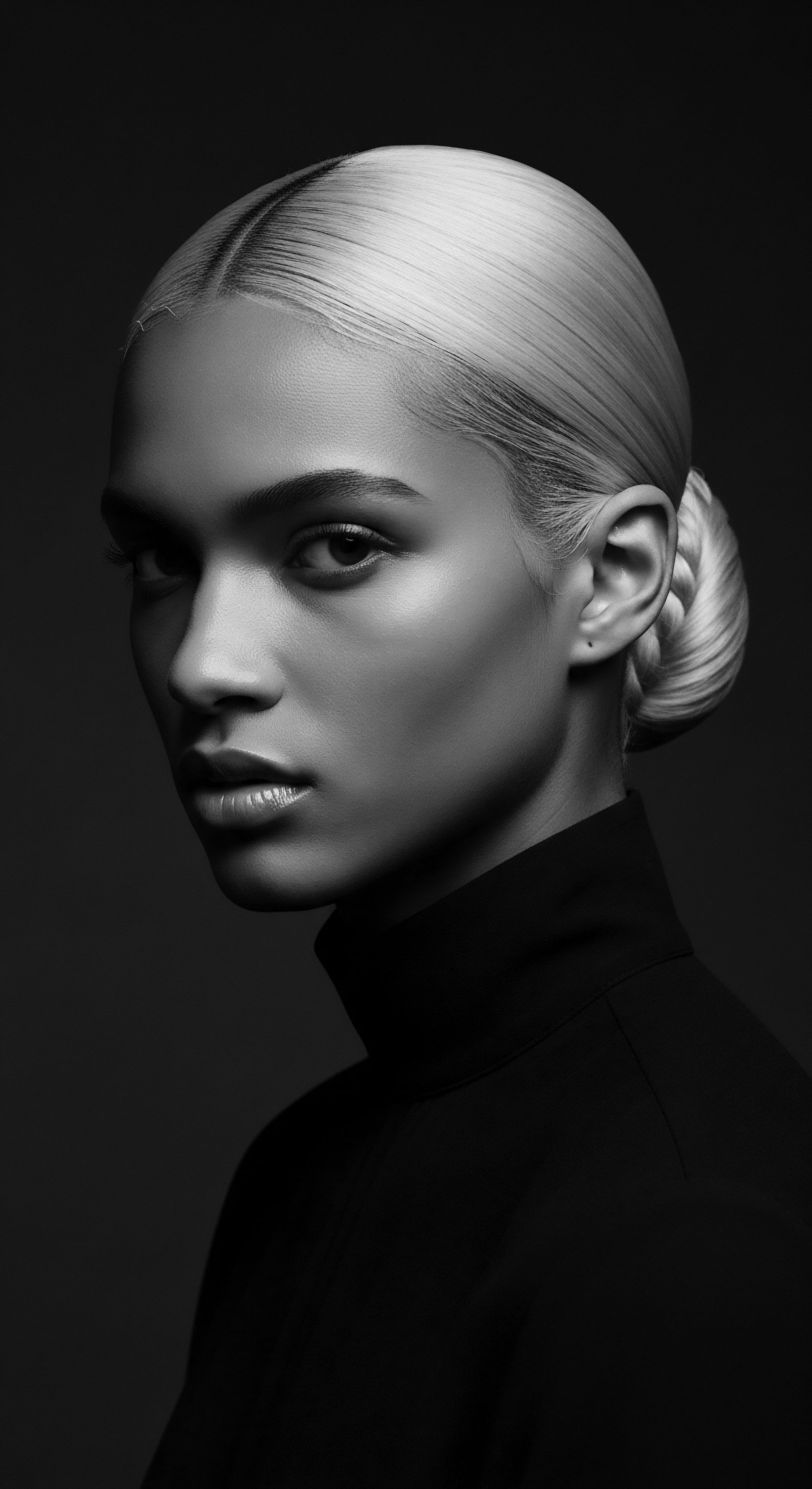
Preserving the Wisdom, Progressing the Science
The relay of this knowledge is not without its complexities. As global commercialization introduces ancestral ingredients to wider markets, it becomes crucial to maintain an ethical approach, honoring the source communities and their centuries of guardianship over these plants and their uses. The goal remains a balance ❉ to leverage modern scientific understanding to further enhance the benefits of these botanicals while simultaneously preserving the cultural narratives and indigenous practices that brought them to light.
How does the historical reverence for certain plants influence modern textured hair product development?
The historical reverence for certain plants, deeply embedded in ancestral hair care practices, influences modern textured hair product development by inspiring formulations that prioritize natural, effective ingredients. This reverence means looking beyond mere chemical compounds to consider the holistic properties and traditional preparation methods of botanicals. It fosters a move towards more conscious ingredient sourcing and encourages brands to tell the story of the plant, its origin, and its cultural significance, thereby adding a layer of heritage and meaning to the product.
Many contemporary brands specializing in textured hair care actively seek out these historical botanicals, not just for their documented benefits, but also to connect consumers with a legacy of care that predates industrial beauty. This approach often involves fair-trade sourcing and collaborations with communities that have historically cultivated and utilized these plants, ensuring that the wisdom continues to flow sustainably.
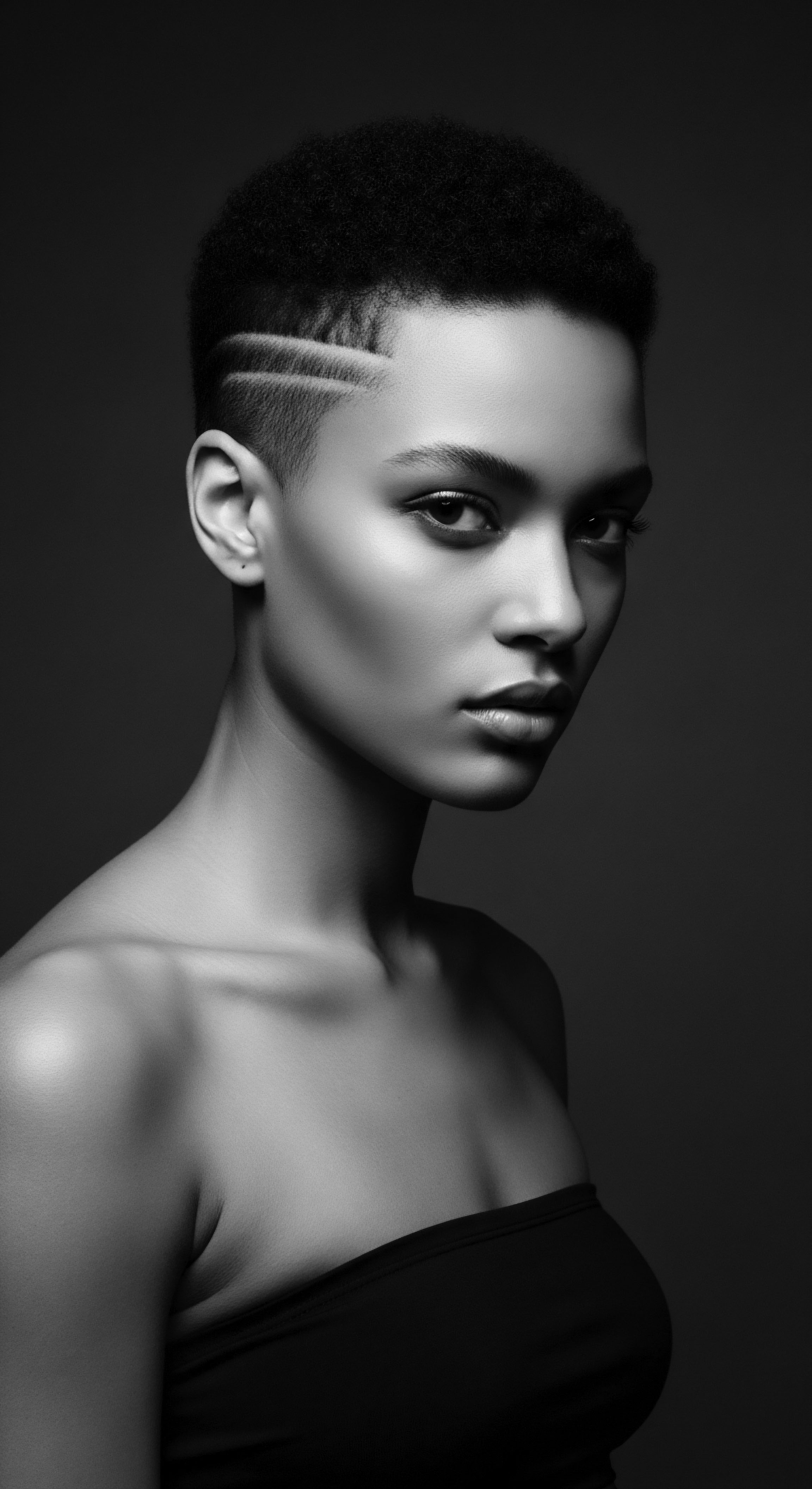
Reflection
To stand here, at the confluence of ancient wisdom and modern inquiry, is to witness the enduring soul of a strand. The journey through historical botanicals and their profound connection to textured hair is more than a study of plant compounds or ancient rituals; it is a pilgrimage into the heart of heritage itself. Our hair, in all its glorious forms, serves as a living archive, bearing witness to generations of resilience, creativity, and deeply rooted self-care. The choices made by those who came before us, to seek succor and beauty from the earth’s bounty, speak to an intrinsic understanding of our unique hair patterns and their needs.
The botanicals that hydrated textured hair throughout history—from the mucilage-rich roots of North America to the nutrient-dense oils of West Africa—were not randomly chosen. They were selected through patient observation, communal knowledge, and a profound respect for the natural world. This ancestral expertise, often dismissed by colonial narratives, is now finding its rightful place in the scientific discourse, validated by contemporary research that echoes what our forebears knew instinctively. The act of tending to textured hair with these gifts from the earth was, and remains, a sacred dialogue, a way of honoring one’s lineage, expressing identity, and claiming agency in a world that often sought to diminish such expressions.
The legacy continues, a tender thread extending from hands that braided under ancient suns to hands that moisturize today. Each application of a shea butter balm, each rinse with a hibiscus infusion, carries with it the memory of countless similar gestures, echoing through time. This is the ‘Soul of a Strand’—an unbroken lineage of care, wisdom, and celebration.
It reminds us that our hair is not merely a biological structure, but a powerful cultural artifact, a testament to enduring beauty, and a continuous source of ancestral strength. As we continue to hydrate and nourish our coils and kinks, we are not simply tending to our physical selves; we are participating in a timeless ritual, adding our own chapter to the living, breathing archive of textured hair heritage.
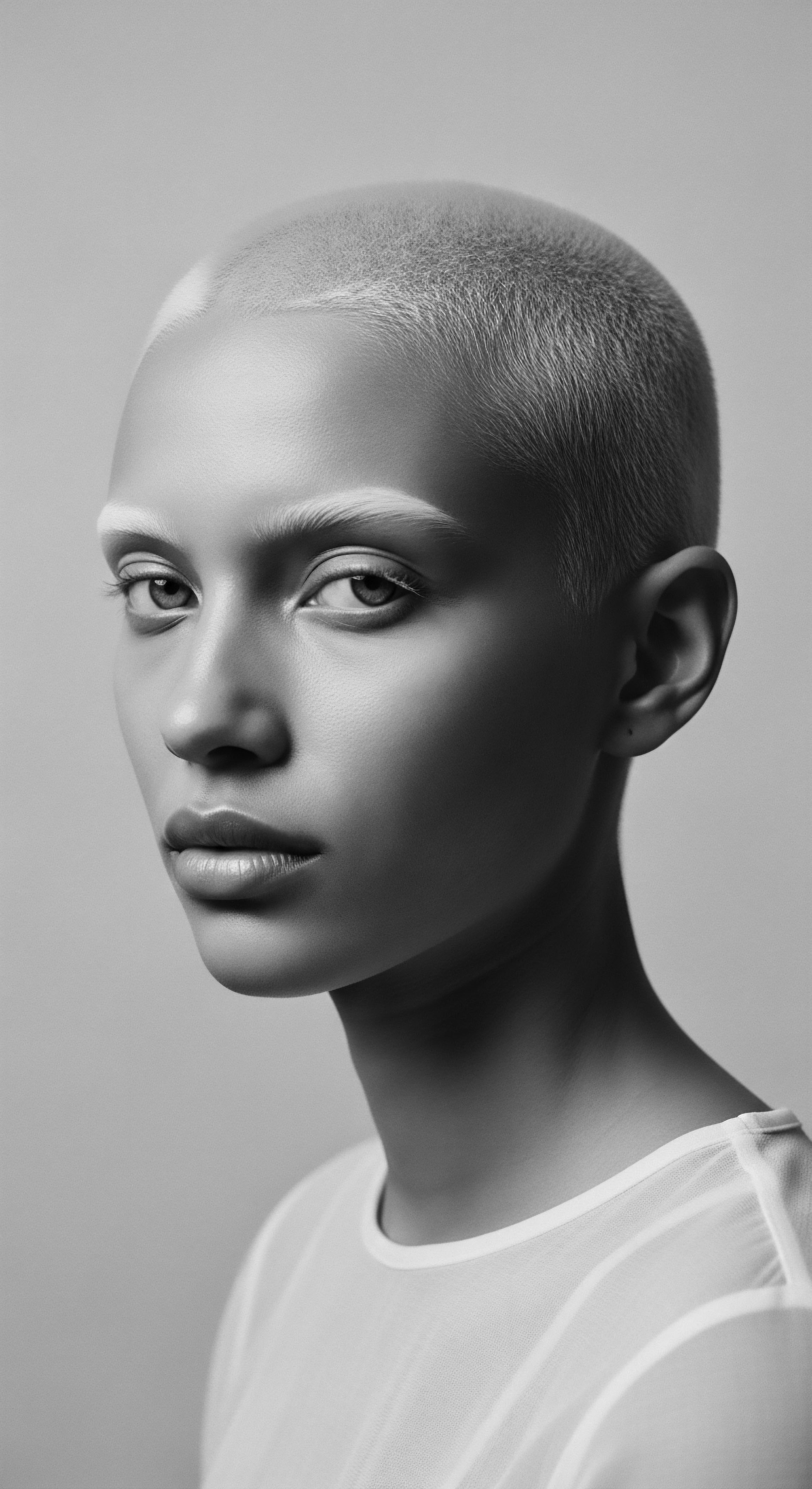
References
- Akihisa, T. Kojima, N. Kikuchi, T. Yasukawa, K. Tokuda, H. Takaishi, Y. & Shibuya, M. (2010). Anti-inflammatory and chemopreventive effects of shea butter. Journal of Oleo Science, 59(4), 183-193.
- Draelos, Z. D. (2010). Cosmetic Dermatology ❉ Products and Procedures. Wiley-Blackwell.
- Gbedema, S. Y. Opoku, N. & Ofori-Boateng, A. (2013). Ethnopharmacological survey of medicinal plants used for hair care in Ghana. Journal of Medical Plants Research, 7(38), 2824-2829.
- Goreja, W. G. (2004). Shea Butter ❉ The Nourishing Power of Africa’s Gold. Amazing Herbs Press.
- Makhkamov, Z. Abdurakhmanov, E. & Khakimov, A. (2020). Cosmetic properties of Aloe vera. European Journal of Research and Development, 5(1), 1-5.
- Ndabian, A. (2018). The cultural significance of hair in African societies. International Journal of Sociology and Anthropology, 10(7), 80-87.
- Pole, S. (2006). Ayurvedic Medicine ❉ The Principles of Traditional Practice. Singing Dragon.
- Robins, J. (2020). Natural Hair Care ❉ A Comprehensive Guide. Independently published.
- Watson, M. K. (2009). Hair Story ❉ Untangling the Roots of Black Hair in America. St. Martin’s Press.
